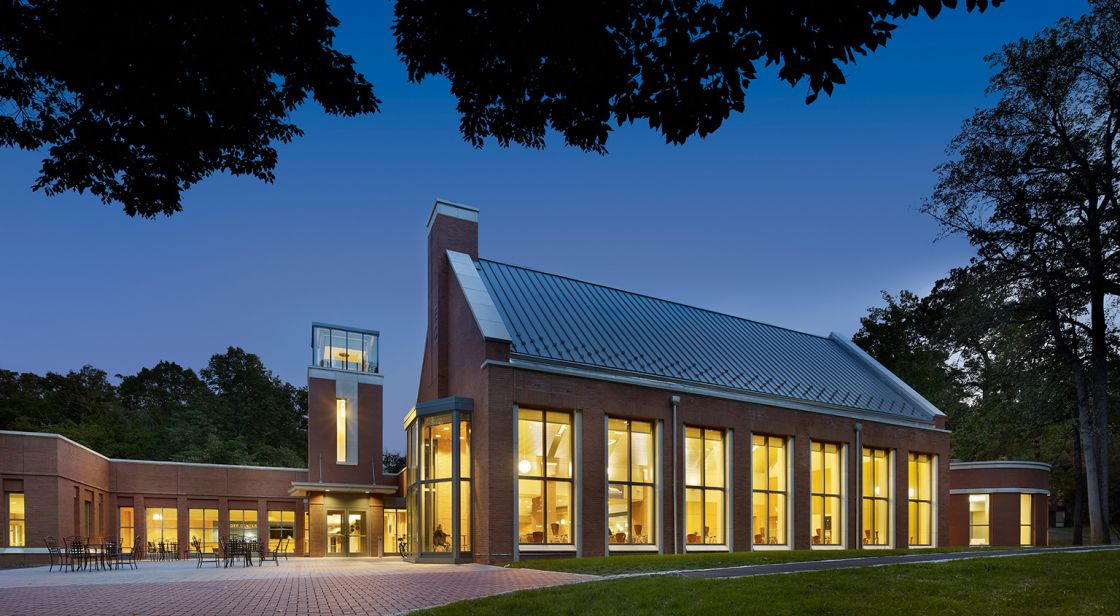“We spend too much time managing the 30 percent,” I recently said to a colleague in a discussion about learning in higher education. “Most of what a student learns, she learns outside the classroom. The U.S. Department of Labor estimates that 70 percent of learning occurs outside of the classroom yet we spend very little time–if any–worrying about or designing appropriate learning environments outside of classrooms.”
In a presentation on TED.com titled “Why we don’t understand as much as we think we do,” British educational media consultant Jonathan Drori shows that learning without a strong experiential component can sometimes miss the mark. “Children get their ideas not from teachers, as teachers often think, but from common sense, from the world around them, from experience.”
I rather doubt we’ll do away with classrooms any time soon–and I see no reason to do so–but I do feel we should be taking a broad design approach to learning environments that goes well beyond the classrooms and encompasses the whole of the student experience. A college campus should foster a deep cross-section of learning experiences that support a hands-on inquiry and engages students in a passionate search for knowledge. In other words, the antithesis of what we often see as the hallmark of many campuses. Not the big white box, sage-on-the-stage approach we’ve taken for the last 150 years, but instead a much grittier, more immediate and active approach.
Imagine, for a moment, if the only learning environment we designed did not include classrooms. What would that campus be like?

